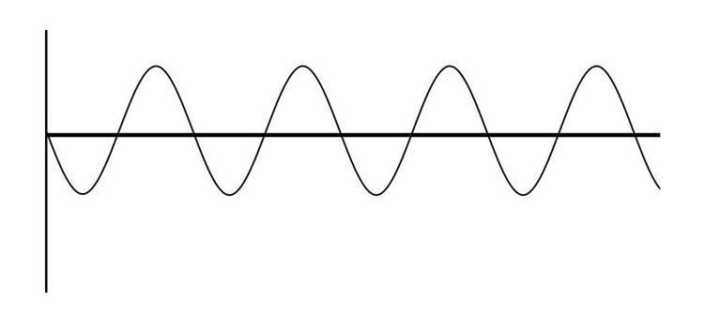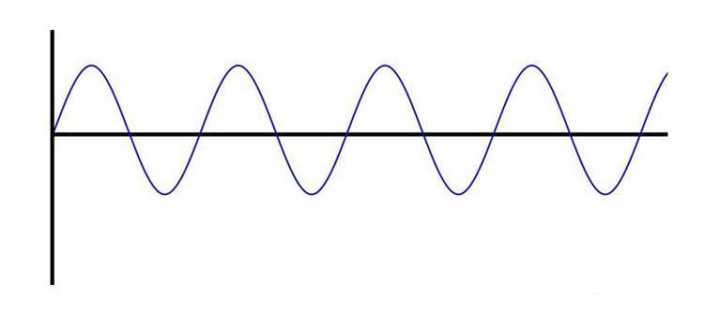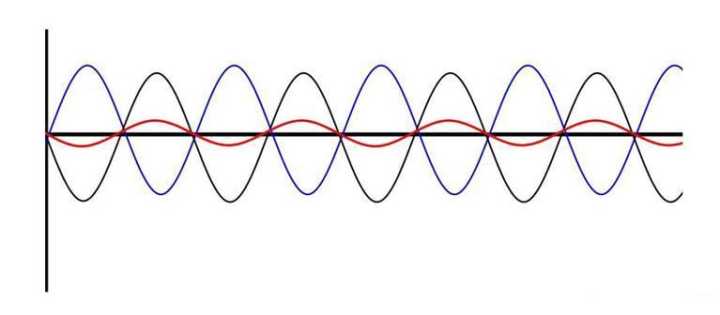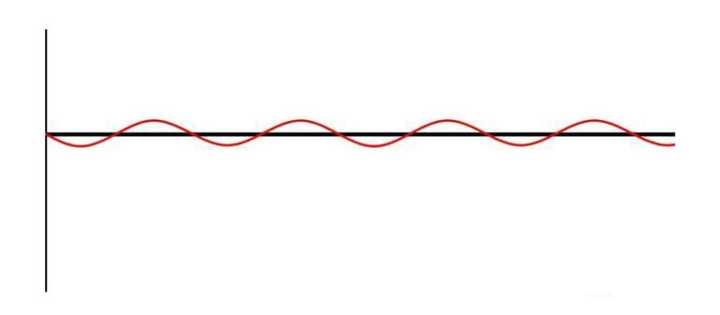The balanced transmission mode is only a standard interface for transmitting signals over long distances in a professional field and having a uniform input and output impedance. The three lines transmit the positive and negative signals of one channel + the ground line, which is almost the standard on professional recording equipment. Match. Later, it seems that Japanese manufacturers have extended this interface to the civilian sector. The essence of balanced transmission is push-pull amplification, which can resist common mode interference. The essence of unbalanced transmission is single-ended amplification, which requires ground lines to participate in signal transmission.
Most balanced headphones are wired in L+ L- R+ R- four lines. The difference from the LR GND of a normal earphone is that each earphone is driven in the BTL bridge mode inside the player, instead of using the OTL/OCL mode.
The balanced interface of the headset I have seen with a four-core Canon head, I have not seen the use of four-core 3.5 and 2.5 interfaces. From the sense of hearing, the well-balanced balanced transmission analog signal is amplified, the sound dynamics, speed, sound field, signal-to-noise ratio will be greatly improved, the unbalanced sound is opposite, the sound is soft, and the sound field is relatively small. However, the shoddy balanced interface sounds sharp and harsh, and is not as good as a separate output. It is pointless to have a balanced output interface for a normal player, especially a portable playback device, unless it is a professional portable recorder.
Most people who have played audio editing software have done one thing: silence accompaniment. Yes, if you can understand this principle, you have basically understood more than half. One of the left and right channels of the stereo audio is phase-inverted and superimposed so that the two identical waveforms become one up and one down.


In the real stereo original vocal audio, the recording method usually used is that the sound image of the instrument is on the left and right sides, and the vocal is centered. After the reverse superposition, the centered vocal waveform is just the opposite, so the peak to the crest, the trough to the trough, two Offset, no more (absolutely ideally, there is no more, the actual recording will be somewhat biased, the red part is the rest of the centered voice, it is already very small).


The left or right instrument does not have much influence because it has no exact waveform after the inversion, but it will disappear a little, such as a percussion that is relatively centered and has little reverberation. So the silence accompaniment is actually mono, and the sound quality is poor.
The balanced signal of the XLR or TRS interface uses this principle. One of the three cores transmits a positive phase signal, one is an inverted signal, and the other is a common ground. When the signal reaches the receiving device, the receiving device will reverse the phase again. The signals are inverted into positive phase signals and superimposed so that the interfering signals that are halfway into the wire cancel each other out, leaving a clean original signal. Therefore, the balanced signal can be transmitted far away from interference. Although there are limits to the distance, it is much better than the two-core unbalanced signal using only the positive and negative poles! Therefore, professional audio equipment is generally a balanced interface.
Described in this article is the operation of a single audio signal. A device with a balanced interface divides one signal into two and reverses one of them, and transmits it in the same set of three-core cable as the positive phase signal. Therefore, the interference waveforms received by the two signals are basically the same, and the receiving end will reverse the superposition again and will just cancel out. Stereo or surround sound transmission is the same, a set of three-core cable per channel.
In addition, the two channels are not equal to stereo, the stereo must be two channels, the multi channel is not equal to the surround sound, the surround sound must be multi-channel, personal understanding if there is something wrong, please advise.
Cable Sleeving Solutions to nomex material
Cable sleeving is one of the best looking and most diverse wire management solutions available. Whether you're looking for wire loom, conduit, braided sleeving or spiral wrap, we've got the sleeving solution for your application.
Wire loom and conduit offer full-coverage protection for cables and wires, protecting from abrasion, moisture and the elements.
The unique properties of PET Expandable Braided Sleeving enable quick and easy installation over irregularly shaped areas, including large connectors. PET expandable sleeving is readily used for cable management in the automotive, computer, industrial, scuba, electronics, A/V industries, and the military. This sleeving also works great around the home and office, for PC cable management or TV cables in your home theater.
1) Extreme abrasion resistance
2) Resistants common chemicals
3) Heavy duty and flexible
4) Superior flame, cut, and abrasion resistance
5) Super strength and abrasion resistance
This nomex braided expandable sleeving is lightweight, flexible and non-flammable, it will perform without deterioration in the most diverse and demanding environments.
Heat Resistant Nomex Sleeving,Nomex Sleeving For High Temperature,Nomex Wire Sleeve,Nomex Braided Cable Sleeving
Shenzhen Huiyunhai Tech.Co.,Ltd , https://www.hyhbraidedsleeve.com